Disclosure: We may get commissions for purchases made through links in this post.
Exposed aggregate is a neat decorative process developed in the 1900s, popularly used in pool decks, plazas, and sidewalks just to name a few. It uses concrete with the outer skin removed to show the mix of colorful rocks in the next layer. You might be eyeing that dated, aggregate pool deck in your backyard or your patio and thinking it might be time to update. Can you still resurface that exposed aggregate? Well, we've looked into this to let you know the answer!
Yes, you can resurface exposed aggregate. Yes, you can also do it by yourself. You just need to take into consideration the time, money, and effort that you will be willing to spend to see this project through from start to finish.
Continue reading to find out how much it'll cost you to have it professionally done or maybe you can give your pool deck or walkway the makeover it needs all by yourself.
![Vintage exposed aggregate stone patio surface in bright natural sunlight, Can You Resurface Exposed Aggregate [And How!]](https://pavingplatform.com/wp-content/uploads/2022/02/Can-You-Resurface-Exposed-Aggregate-And-How-e1646033978786-800x1200.png)
How Much Does Resurfacing Exposed Aggregate Cost?
The average price of contractors for concrete resurfacing would be around $3-$25 depending on different factors like:
- Size of the Area
- Desired Outcome (how intricate the design will be)
- Condition of the Existing Concrete
- Location of Your Residence
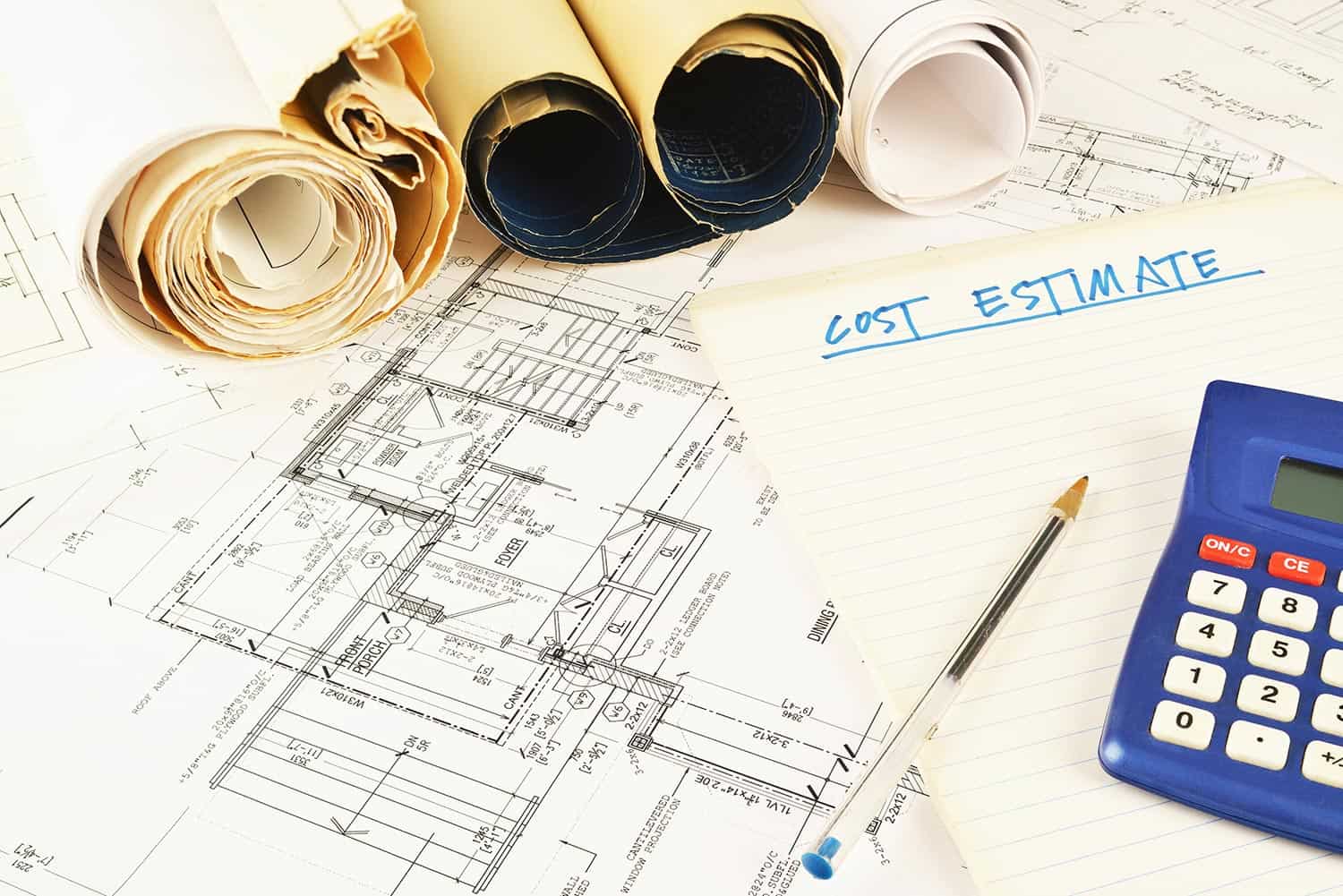
Average Cost of Resurfacing Per Area
Driveway Resurfacing
The average cost to resurface your standard 38x16 foot driveway is around $2,500. That may sound a bit steep but resurfacing could be the better and cheaper option in this case, since installing a new concrete driveway will cost you about $3,700.
How Long Do Exposed Aggregate Driveways Last?
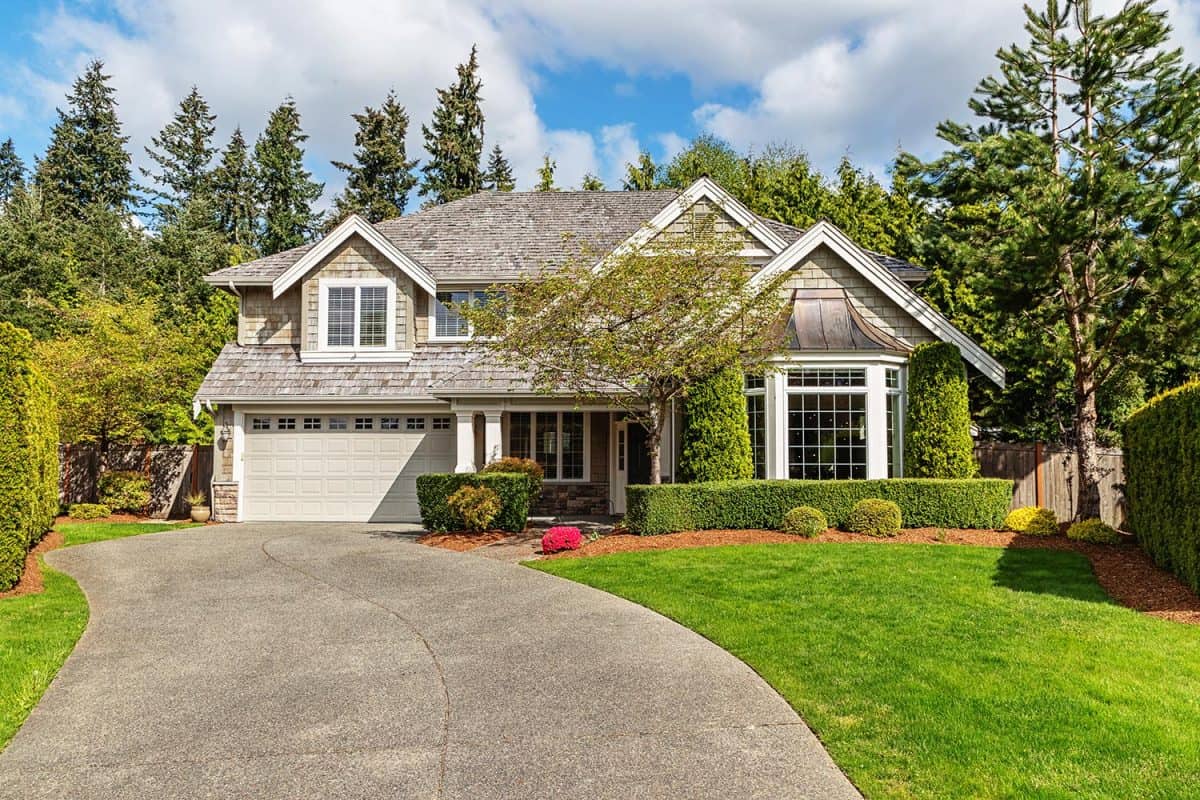
The average lifespan of an exposed aggregate driveway is around 20-30 years with the correct maintenance. You will also need to take into consideration the make and integrity of the structure -meaning there should be no cracks or holes that are improperly filled.
Proper maintenance will also include making sure you won't directly use a high-pressure washer onto the exposed aggregate surface as this may dislodge some of the rocks where there are already surface cracks.
Pool Deck Resurfacing
Resurfacing for your average 750 square-foot pool decks would range from $2,250 to $15,000 depending on how fancy your desired outcome is. Pool deck resurfacing is a bit pricier because they apply a different type of protective sealant for the concrete which will be exposed to the chemicals in the pool.
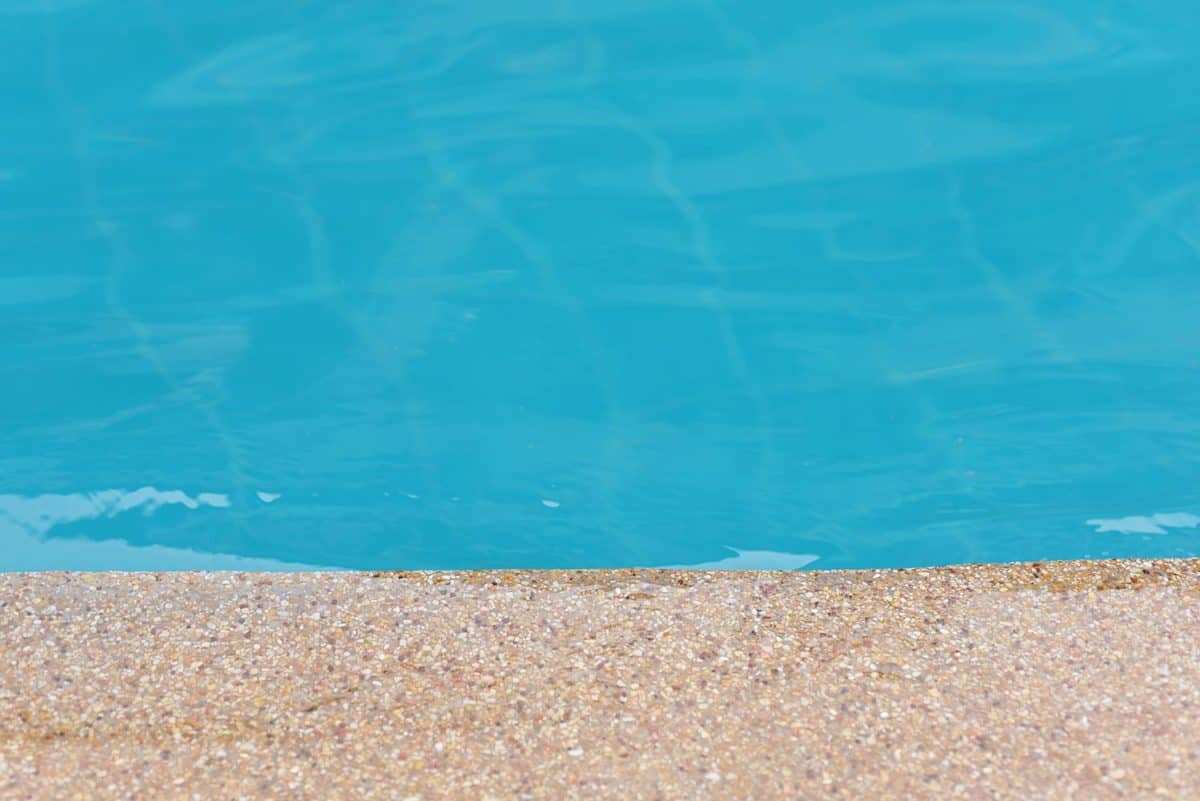
Patio or Walkway Resurfacing
Patios or walkways can be relatively cheaper to resurface at an average of $4 per square foot as opposed to installing a new patio or walkway which costs an average of $1,500-$3,700.
These are all estimates if you would be using professional contractors to handle your home improvement project but if you're thinking of DIY we got you covered as well. Here's a helpful contractor link where you can check out for a more personalized estimate.
DIY Resurfacing Exposed Aggregate
Step 1: Clean It Up
You have to wash dirt and grime away with a power washer and brush. The old surface must be clean and free from debris so the bonding agent will stick to the surface correctly.
Step 2: Fill In the Cracks
Next, you have to fill in the cracks or holes from the usual wear and tear. Use a vinyl concrete patching compound, apply it using a putty knife and a trowel. Pat in the compound and wait a few hours for it to completely dry.
You can check out Sikacryl Ready-Mix Concrete Patch for your patching needs on Amazon.
Step 3: Adhesive Application
After cleaning the area and patching up all the damage, the next step would be to apply the adhesive. Pick a roller brush to match the size of the surface that you will be working on and apply a layer of bonding adhesive to the area.
Step 4: Pouring the Concrete
Pour out your concrete mixture on the surface and spread it over using a gauge rake, use a screed board to level the surface of the concrete, use a level to make sure that the surface does not have any sloping or irregularities.
Step 5: Adding in New Designs
This is where you can let your creativity shine. You can scatter decorative stones in different styles and colors from your old ones or here are a few techniques professional designers use to enhance and bring out the textures of the aggregates:
- You can use contrasting shades of stones or play with different textures using smooth stones with rough stones.
- You can set the stones in different or complementary colored concrete for added highlight.
- Add decorative dividers made of wood or joint strips with contrasting elements.
- Use chemical stain to accentuate patterns in the exposed aggregate.
- You can try to play around with the exposure of the aggregate rocks, some would be more uncovered than the other set of stones.
- Last but not the least is another unique idea is to use high concentrations of aggregate stones at the surface to create the impression of a gravel pathway.
Step 6: Clean Again
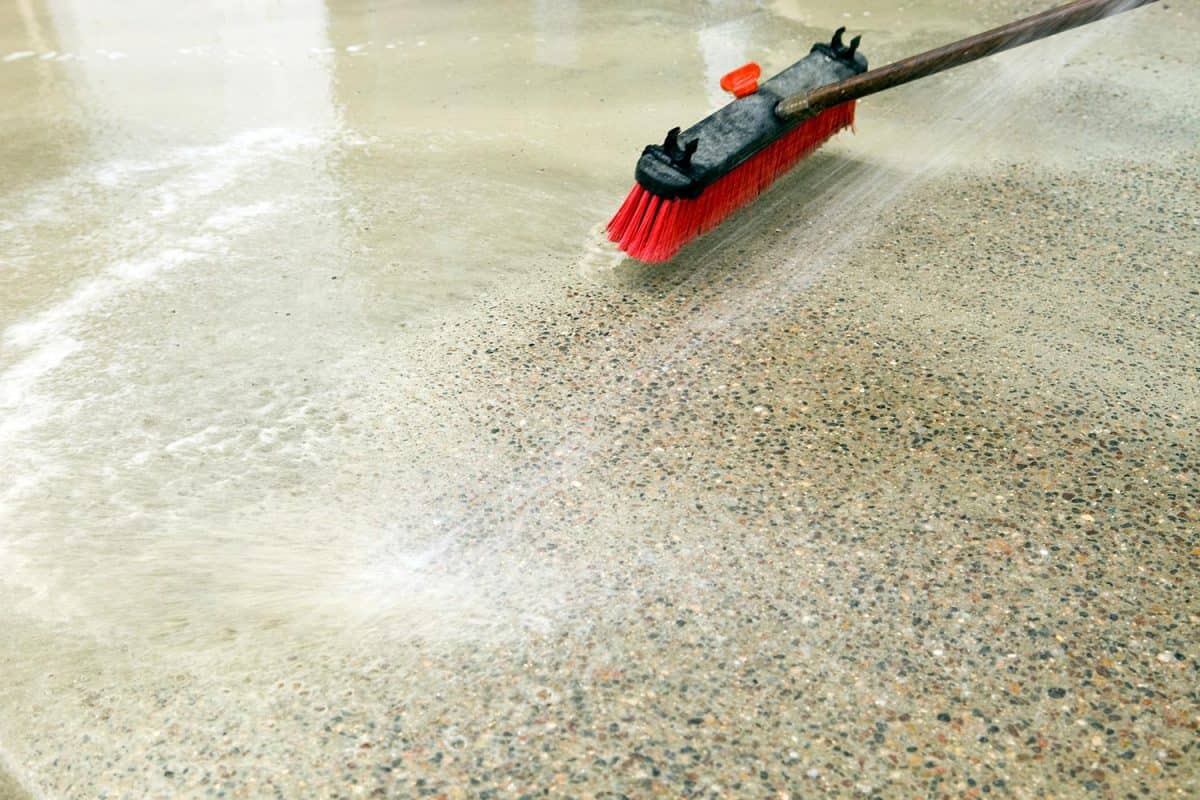
After making sure that your concrete is dry, hose off the surface and use a stiff broom to brush off a thin layer of cement. Don't brush too hard and cause over-exposure to the stones, unless that is the look you were going for. You should be careful in exposing aggregates since they might dislodge if you use too much pressure.
Step 7: Seal Everything
Now that everything looks nice and pretty, you would want to make sure that your hard work will not be washed away by the elements. Using a roller brush, apply penetrating sealer on the newly resurfaced area and cure it for about a week or so.
A A great option is RainGuard Pro, Professional Grade Water Repellant Sealer, on Amazon.
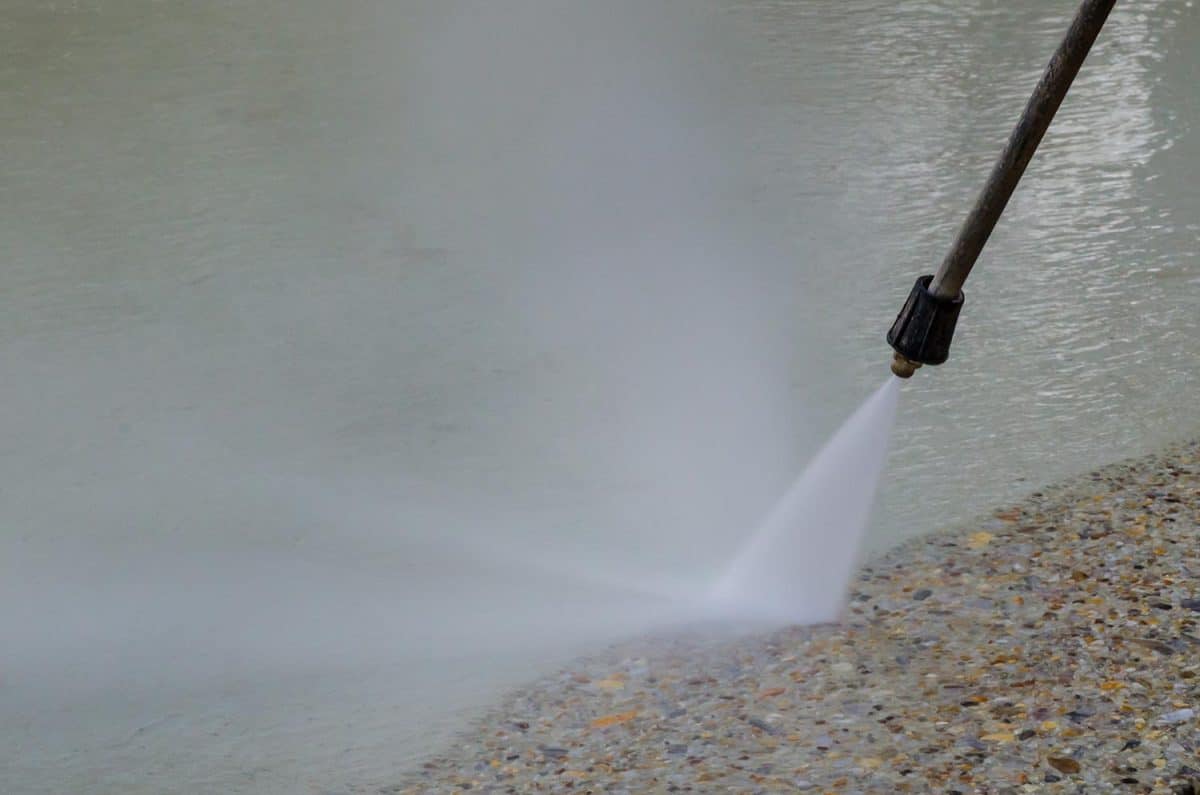
How Long Does Resurfacing Aggregate Take?
From the preparation of the old surface up to the application of the sealant, it can take about one to two days depending on how large the area you were planning on working on. After that, it takes about seven days to cure the sealant and make sure the surface absorbs everything and hardens in place correctly. You have to remember to avoid putting on excessive weight on the newly finished site.
How Often Should I Seal My Exposed Aggregate?
Ideally, to keep your exposed aggregate surface in great condition, you should re-apply sealant every one to three years. Since you already used a penetrating sealer in the resurfacing process you can have the option of just using an acrylic sealant in the maintenance of your driveway or walkway. An acrylic sealer will help keep the rocks in place while giving it a glossy finish.
Conclusion
In a nutshell, resurfacing exposed aggregate does indeed take a lot of time, money, and effort, but if you don't have any dollars to spare for a professional to do it for you, DIY is the best way to go.
You'll be in control the entire time of how you're project is going to turn out and will have the final say on the overall look. The steps are also easy to remember just clean, patch it up, apply adhesive, pour your concrete, decorate, hose down and seal...done!
If you're looking for more home improvement ideas or you just want to change the entire look of your driveway, you can check out our post on different colors of asphalt.



![Vibrant Red Paver Stone Path, Can You Spray Paver Sealer? [How To Apply It]](https://pavingplatform.com/wp-content/uploads/2022/04/Vibrant-Red-Paver-Stone-Path-600x400.jpg)
![Properly laid out red pavers for a garden, Can You Tint Paver Sealer? [And How To]](https://pavingplatform.com/wp-content/uploads/2022/04/Properly-laid-out-red-pavers-for-a-garden-600x400.jpg)
